I want to replace a preinstalled Qualcomm Atheros WiFi/Bluetooth M.2 2230 card on my motherboard (ASUS Maximus VIII Impact) with another that has better driver support. This is what the card I want to replace looks like.
As you can see, its edge connector has all of its contacts. I want to swap this card with an Intel 8265 M.2 2230 card that looks like this.
But this card seems to be missing contacts. Here's another card from Intel with model number 7260 that is missing the same contacts on the edge connector.
Both of these cards have fewer contacts. Why do these cards have fewer contacts than the preinstalled card and will this cause problems when I swap the old one out for the new one?


